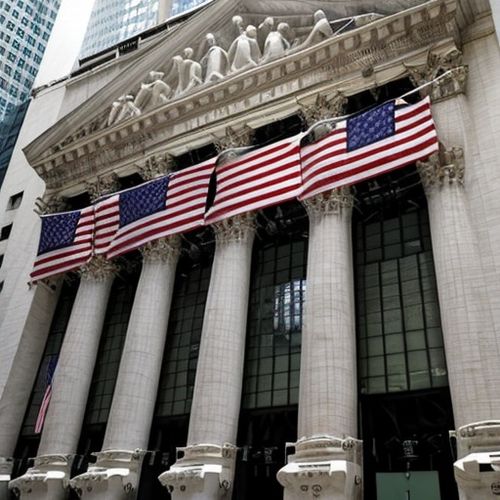As we enter 2025, the global economy is navigating through a period of significant adjustment, with inflation and interest rates emerging as key factors influencing economic growth and consumer behavior. Central banks, including the Federal Reserve, are closely monitoring these indicators to ensure a balanced approach to monetary policy. This article explores the current trends in inflation and interest rates, their impact on consumer spending, and the broader implications for economic growth.
Inflation Trends
Inflation has been a central concern for central banks globally, and 2025 is expected to see a moderation in inflation rates. The January 2025 Consumer Price Index (CPI) report indicated a headline increase of 3% year-over-year (YoY), up from 2.9% in December 2024. Core CPI, which excludes volatile food and energy components, rose to 3.3% YoY, up from 3.2% in December. This suggests that while inflation remains elevated, it is moving closer to the Federal Reserve’s target rate of 2%.
Interest Rate Policies
The Federal Reserve has maintained a cautious approach to interest rates in 2025. At the March 2025 Federal Open Market Committee (FOMC) meeting, the Fed kept interest rates steady at 4.5% for the second consecutive meeting. This decision follows a series of rate reductions in 2024, which lowered the Fed funds rate from 5.5% to 4.5%. The Fed’s projections indicate a further half percentage point of rate cuts in 2025, suggesting two reductions of 0.25% each.
The Fed’s approach is influenced by the need to balance economic activity while avoiding a resurgence of high inflation. Chairman Jerome Powell emphasized that the central bank will remain data-dependent and is unlikely to focus on political influences. The Fed’s Summary of Economic Projections (SEP) revealed a downgrade in the economic outlook for 2025, with GDP growth forecasted at 1.7%, down from 2.1% previously. Inflation projections were also revised upward to 2.8% from 2.5%, partly due to the impact of tariffs.
Impact on Consumer Spending
Lower interest rates are expected to boost consumer spending and support economic growth. When central banks reduce interest rates, borrowing becomes cheaper, encouraging consumers to finance large purchases such as homes and vehicles. This increased access to credit can stimulate demand across various sectors of the economy.
However, the impact of tariffs on inflation remains a concern. The Fed acknowledged that tariffs have contributed to higher inflation forecasts, delaying further progress on reducing inflation. Despite this, the central bank expects inflation to return to its 2% target by the end of 2026 or 2027.
Global Economic Outlook
The global economic outlook for 2025 is characterized by a mix of challenges and opportunities. While inflation is expected to moderate, regional variations may persist. The U.S. is likely to see higher inflation due to tariffs and domestic policy changes, while Europe may experience lower inflation due to weaker economic growth.
Central banks globally are expected to maintain a dovish approach in 2025, with many continuing to cut rates to stimulate growth. This divergence in monetary policies could lead to increased volatility in financial markets.
The interplay between inflation and interest rates will be a critical factor shaping the global economy in 2025. Central banks, including the Federal Reserve, are navigating a delicate balance between supporting economic growth and controlling inflation. As inflation moderates and interest rates adjust, consumer spending is expected to play a vital role in driving economic activity. Policymakers and businesses must remain vigilant and adapt to these changing dynamics to ensure sustained economic growth and stability.

By Ryan Martin/Apr 7, 2025

By Ryan Martin/Apr 7, 2025

By David Anderson/Apr 7, 2025

By Olivia Reed/Apr 6, 2025

By Daniel Scott/Apr 6, 2025

By Victoria Gonzalez/Apr 6, 2025

By John Smith/Apr 6, 2025

By Elizabeth Taylor/Apr 6, 2025

By James Moore/Apr 6, 2025

By Megan Clark/Apr 6, 2025

By Daniel Scott/Apr 6, 2025

By William Miller/Apr 6, 2025

By Samuel Cooper/Apr 6, 2025

By Amanda Phillips/Apr 6, 2025

By Natalie Campbell/Apr 6, 2025

By Noah Bell/Apr 6, 2025

By Elizabeth Taylor/Apr 6, 2025